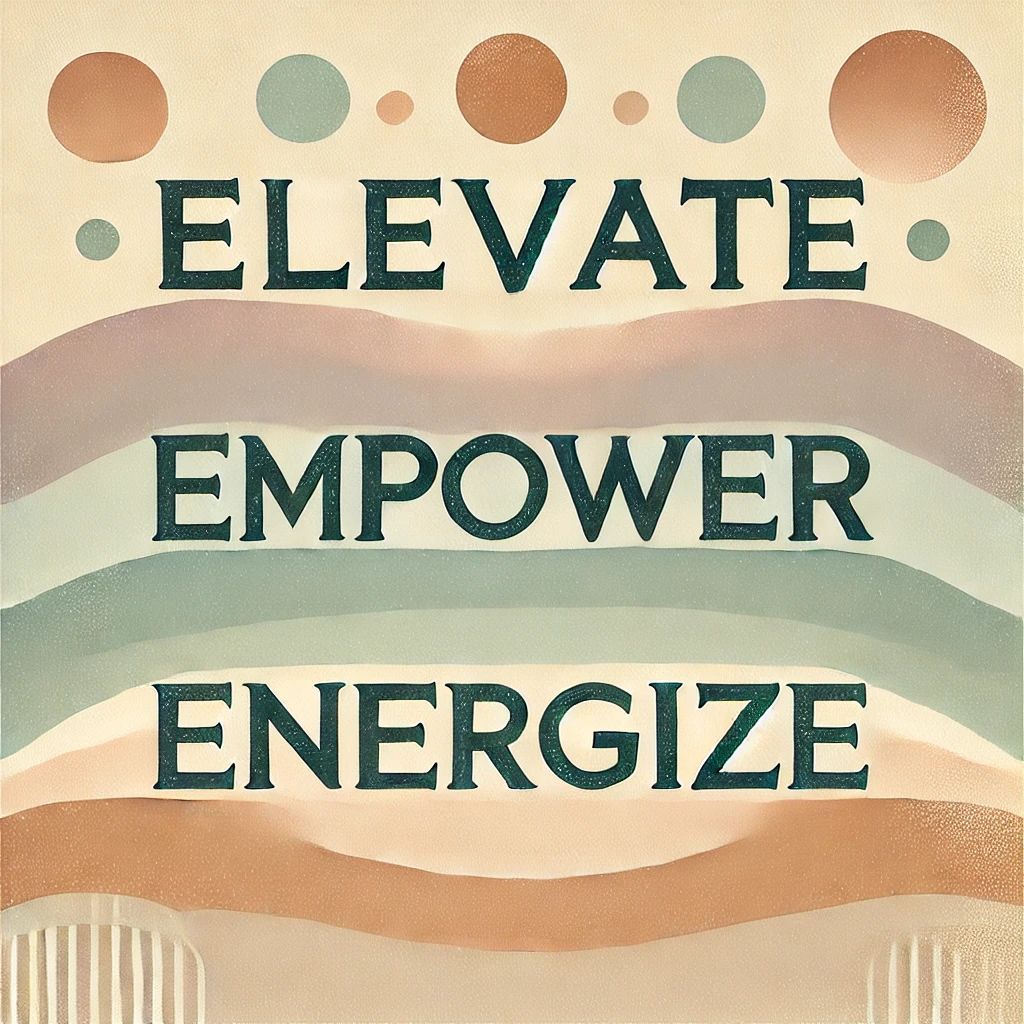Going All In: The Three Es of Effective Change

In their article "Going All In: Why Employee 'Will' Can Make or Break Transformations," Dominic Skerritt and John Parsons stress the importance of harnessing collective energy to drive organizational change.
They propose a three-step process, known as the "Three Es," to create the momentum needed to overcome challenges and achieve transformation success.
The first E is to Elevate a core group of employees from all levels in the organization to lead the change. Research shows that involving a significant portion of the workforce in key initiatives is crucial for achieving positive results. Companies that aim to involve 21 to 30% of their employees in change projects often see the highest returns.
The second E is to Empower a broad coalition of change leaders to embody new ways of thinking and working. Studies suggest that a small group of deeply committed individuals can create a powerful tipping point, influencing the entire organization's mindsets and behaviors.
The third E is to Energize all employees to change. Inspiring and engaging the entire organization is key for most of the workforce to become willing to change. Leaders must communicate effectively, explaining the vision and the benefits of the transformation. Studies indicate that leaders who successfully share the importance and direction of the change are more likely to achieve high adoption and stronger performance.
By implementing the Three E's, organizations can create a culture of engagement, empowerment, and collective energy, setting the stage for successful change.
